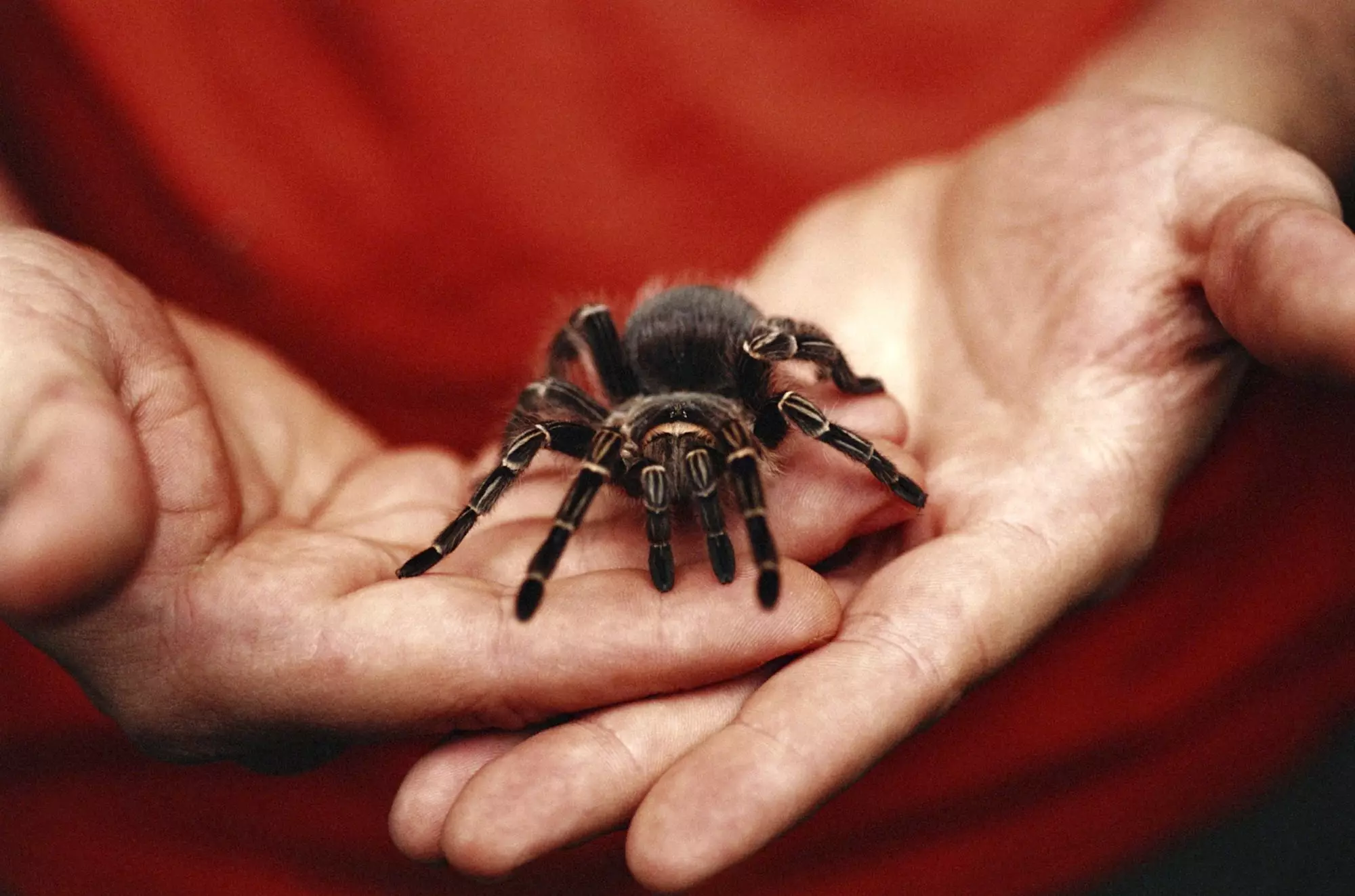Many individuals find themselves enchanted by the idea of having insects and spiders as pets. These creatures offer a unique appeal, presenting an opportunity to observe behaviors and adaptations rarely seen in more traditional pets. However, before diving into the world of entomology or arachnology as a pet owner, it’s critical to understand both the captivating and complex aspects associated with keeping these fascinating animals.
Before deciding to adopt an insect or a spider, it’s essential to reflect on your motivations. The desire for an exotic pet often stems from the fascination with the unusual, or even the wish to impress friends with a unique choice. Yet, keeping an insect or spider as a pet should transcend mere novelty. Unlike cats or dogs, these creatures have distinct needs and require a certain level of commitment. Too often, impulse decisions lead to neglect once the initial excitement fades away. This can result in poor treatment for the pets who rely on their owners for care and survival.
For novices stepping into the world of insects and spiders, selecting a species that is manageable is key. Certain insects, such as the hissing cockroach, serve as excellent beginner pets due to their docile nature and minimal care requirements. Not only are they sturdy and resilient, but they also lack dangerous traits that may intimidate novice owners. Similarly, beginner-friendly tarantulas like the Chilean rose or the Costa Rican zebra can provide an enjoyable experience without excessive risk.
However, it’s critical to remain aware of the species’ temperament and potential risks. Some insects are delicate, while certain spiders possess venom that could cause varying degrees of pain or allergic reactions. Therefore, it is advisable for families with children to exercise caution. A notable exception is the hissing cockroach, which adults and kids alike can safely and gently handle—unlike many other insect species that might be deemed “look but don’t touch.”
Before acquiring insects or spiders, prospective owners should familiarize themselves with local regulations. Some areas impose restrictions on keeping exotic pets, and compliance with these regulations is vital. Neglecting this step can lead to legal repercussions, and further exacerbates the already complicated nature of pet ownership.
Once legality is verified, potential pet owners must research the care requirements for their chosen species. Different insects and spiders thrive under varying conditions; for instance, while hissing cockroaches are low-maintenance in terms of habitat, more exotic tarantulas often need meticulously curated environments that replicate their natural habitats. Establishing a proper habitat involves not only the right enclosure but also temperature, humidity, and substrate considerations.
Additionally, owners must contemplate dietary needs. Some species, such as stick insects, require fresh plant material, whereas others thrive on protein—meaning meals for tarantulas will involve live prey, which can be daunting for some owners. The commitment extends further to providing appropriate food, posing a significant consideration before making the leap into insect or spider ownership.
A significant aspect of pet ownership is being aware of the species’ lifespan. For instance, while most insects live relatively short lives, certain species of tarantulas can survive for decades. This long lifespan can lead to deep connections between the owner and their pet, as well as increased responsibility.
Another important factor is proper handling techniques. Just as with more conventional pets, insects and spiders can be injured through inappropriate handling or rough treatment. This holds especially true for delicate species—where care in interaction is paramount to their well-being. Researching how to handle each pet, particularly those that are venomous, will contribute to both the safety of the owner and the health of the pet.
Keeping insects and spiders as pets can be an enlightening and rewarding experience, but it comes with a unique set of challenges. Emphasizing thoughtful decision-making in species selection, understanding legal requirements, ensuring appropriate housing and dietary conditions, and practicing safe handling will lead to a successful and enjoyable adventure. With proper care and commitment, the world of entomology and arachnology can become an enriching hobby—transforming simply observing these creatures into a fulfilling relationship.

